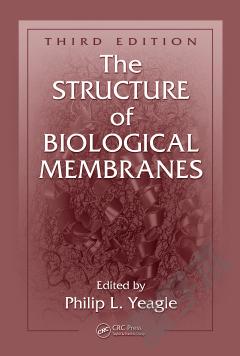Biomembrane Simulations
Due to recent advancements in the development of numerical algorithms and computational hardware, computer simulations of biological membranes, often requiring use of substantial computational resources, are now reaching a mature stage. Since molecular processes in membranes occur on a multitude of spatial and time scales, molecular simulations of membranes can also serve as a testing ground for use of multi-scale simulation techniques. This book addresses some of the important issues related to understanding properties and behavior of model biological membranes and it Shows how simulations improve our understanding of biological membranes and makes connections with experimental results. Presents a careful discussion of the force fields used in the membrane simulations including detailed all-atom fields and coarse-grained fields. Presents a continuum description of membranes. Discusses a variety of issues such as influence of membrane surfaces on properties of water, interaction between membranes across water, nanoparticle permeation across the membrane, action of anesthetics and creation of inhomogeneous regions in membranes. Discusses important methodological issues when using simulations to examine phenomena such as pore creation and permeation across membranes. Discusses progress recently achieved in modeling bacterial membranes. It will be a valuable resource for graduate students, researchers and instructors in biochemistry, biophysics, pharmacology, physiology, and computational biology.
{{comment.content}}








 京公网安备 11010802027623号
京公网安备 11010802027623号